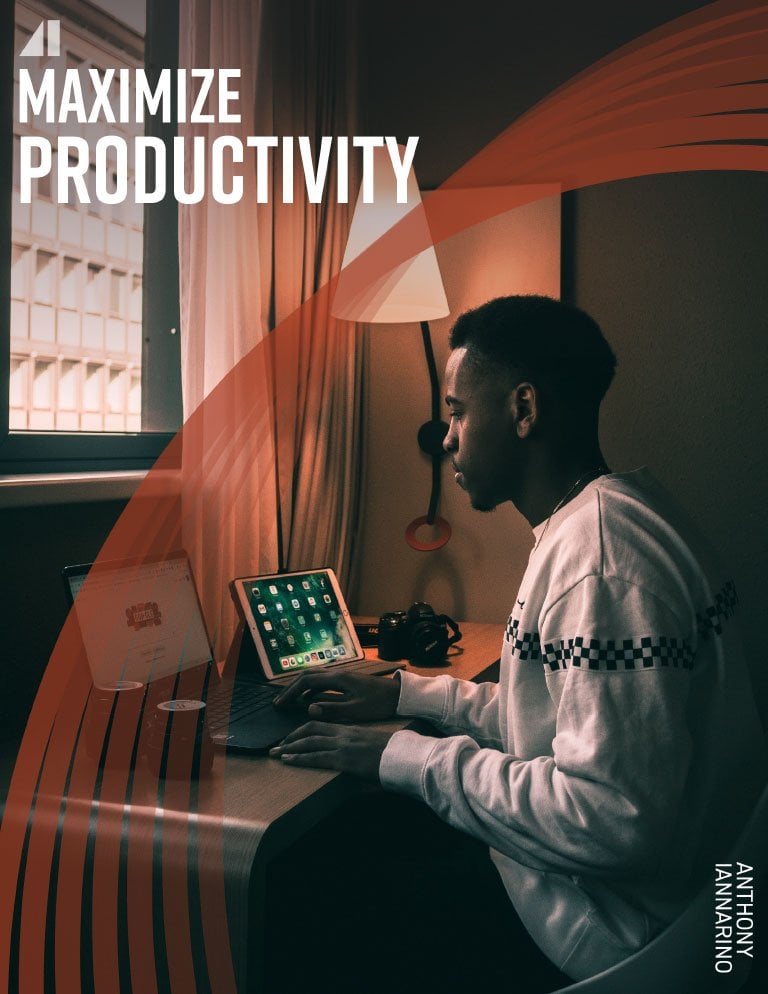One of the most important disciplines for success is being organized. It is increasingly difficult now that we now have tangible things to organize and all of the digital items that are now part of our lives and our business. You also need to arrange your time, which is the most important thing that requires order, which is why we will end on that note.
Keep All Things in Their Final Place
The very first rule for staying organized is to put everything in its place without fail and without delay. You need to put the physical items that you bring into your life where they belong and the enormous number of digital files, images, audio, video, and text content that now makes up so much of our clutter.
Putting things where they are going to reside forever allows you always to know where things are when you need them, be it your wallet, your keys, your mask (for a little while longer), your passport, or that gift from one of your parents that has more sentimental value than monetary worth.
This rule is easier with physical objects and more difficult with the digital, what for me, is the real focus. The proof that this is a problem is the computer desktops you see with hundreds of files cluttering up the screen, preventing you from seeing the picture behind the chaos.
Starting with two folders, one called Active, and another titled Archive can allow you to begin to put everything in its place. Your active files go into nested folders while they are in use. When you finish with a file or a project, you move it into the Archive. Files you will never need again can be deleted and trashed when you no longer need them.
Name Things for Retrieval
This rule is specifically for digital content. No doubt you have searched for files, only to struggle to find the latest version. Most of the time, we don’t pay too much attention to files, mainly because the search functions on our computers or cloud storage are so effective. When you do a search that returns thirteen records, all with the same name, you struggle to find the right file.
One way to make it easier to find the file you need when you need it is to start the file name with a date. Using the year, the month, and the day at the beginning of the name will automatically list your files in order (2020-08-07). If the file is something you are doing for or with a client, putting the client’s name in the file will make it easier to retrieve later, and you are naming files for retrieval. When you have multiple versions, like a contract that you are negotiating with a client, putting the version number, your company’s name, followed by “red lines,” will clarify the version.
I am personally waiting for Google Drive or Dropbox to allow for tags and an interface that looks more like a database and less like an amorphous blob of files. The first to do so will win my heart—and my undying loyalty.
Use Only One Tool for One Outcome
There is no reason to use more than one tool for one outcome. When you use more than one tool for one outcome, you run the risk of not seeing the entire picture, as some of what you need is in one place, and the rest somewhere else. If you use a task manager, like Todoist, the one I prefer, and you also have sticky notes on your desk and scraps of papers in folders and your car console, you will have things slip through the cracks because you have items all over the place.
Even though salespeople gripe about their CRM, there is no better place to keep your contacts, especially if you can sync it to your phone and access it through an app. The box of business cards you have collected over your working life does you no good when you can’t access the information when you need to make a call while you are sitting in a client’s parking lot between meetings.
I keep all of my writing in an application called Ulysses, the best plain text editor available. No matter what I wrote or when I wrote it, I can find it in Ulysses with a quick search. Again, fast retrieval is the goal. I recently moved all of my projects and documents to Notion, a software that is flexible enough to allow you to build something uniquely your own—and that will keep you organized.
Make Your Calendar Your Primary Guide
Most people open their inbox to start their workday, having already looked at Linkedin, Facebook, Twitter, and Instagram, doomscrolling their day away. There isn’t anything more unhealthy than starting your day this way. What’s better?
The first application you should open each day should be your calendar. If you have planned your weeks and days, revising your days and ensuring you have all of the assets you need for your work, your meetings, or the projects you are working on is a better place to start your workday.
There may not be anything more critical to being organized than organizing the finite, non-renewable resource that is your time. The one asset that dominates all of the other is time. The more you organize your calendar around the most important things, the more productive and effective you will be.
Clutter is a drag on your productivity and your effectiveness. Clean lines eliminate drag and allow you to improve your efficiency, eliminating lost time. Follow these four rules and add whatever others you need to keep yourself organized.

Get the Free eBook!
Take control. Maximize your productivity.
Being productive means getting important things done. The stuff that moves you toward accomplishing your most important goals. The strategies in this eBook will have you producing the results you want.
Download Now







.jpg?width=768&height=994&name=maximize-productivity-ebook-v3-1-cover%20(2).jpg)


